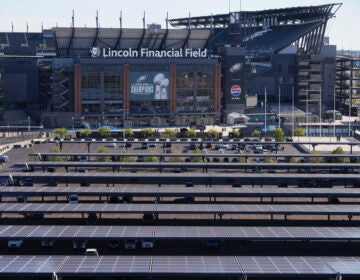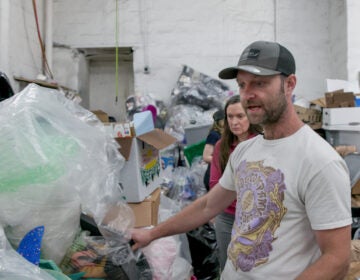Is trying to recycle plastic a waste? Meet the scientists working to find new solutions
We can design and make amazing things with plastic; it’s much harder to un-make them.
Listen 10:24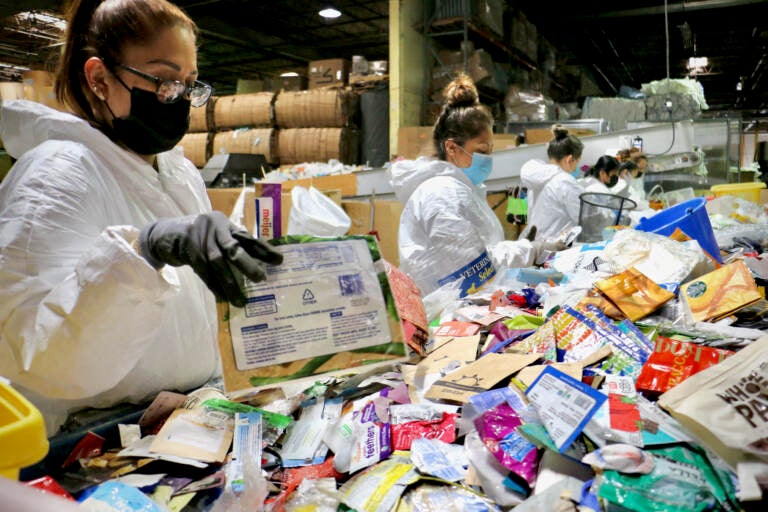
Workers sort items that require different recycling processes at a TerraCycle facility in New Brunswick. (Emma Lee/WHYY)
This story is from The Pulse, a weekly health and science podcast.
Find it on Apple Podcasts, Spotify, or wherever you get your podcasts.
Shirley Knarr has been recycling since the 1970s, back when it was something few municipal governments did. She and some of her fellow residents in Santa Fe, New Mexico, are still committed to finding the best ways to get rid of waste that doesn’t belong in recycling bins.
“I think much of our community is very recycling conscious and disappointed that they can’t recycle more than they can,” Knarr said.
She’s part of a group of around 20 like-minded people, called El Dorado 285 Recycles. They went to a local mall and asked for space to collect things that cannot be recycled through municipal programs, like pens, rubber bands, and cosmetics containers. They give the rubber bands to people who need them for delivering mail, and for the rest of the carefully-sorted waste, some of it goes to TerraCycle, a company in New Jersey that works with manufacturers to recycle products like cosmetics containers, pens, coffee pods, and toothbrushes.
“A friend’s son calls us re-psychos,” said organizer Karen Sweeney.
Most people in the U.S. still recycle, despite not being confident that their waste actually gets recycled, and an influx of recent news reports that recycling doesn’t work. The problem is especially bad for plastic —the U.S. produces 30 tons of plastic waste a year, and most of it still ends up in landfills. There are big economic and scientific hurdles to overcome with regard to recycling plastic.
But some companies, scientists, and avid recyclers are still working on it.
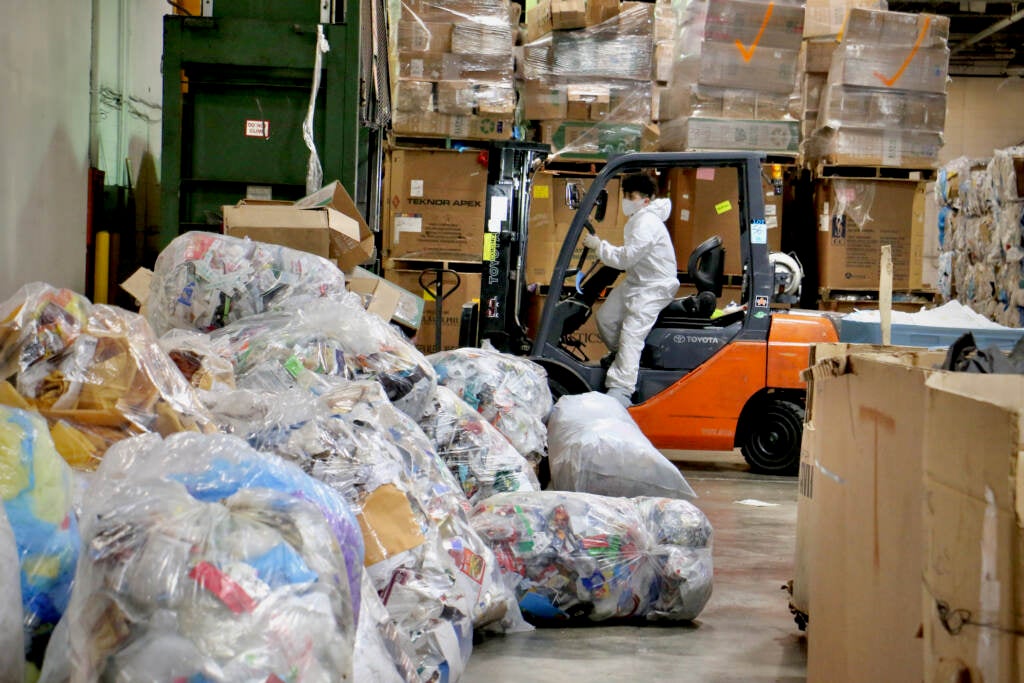
Workers at TerraCycle take sorted waste, shred it into small pieces, use a magnet to extract any metal, and put the rest in a big tank of water to further separate out the different types of material — based on whether they sink or float.
“Every single pen that we’re getting from your collector in New Mexico is a pen that doesn’t end up in a landfill,” said Kathy Pazakis, chief commercial officer at TerraCycle.
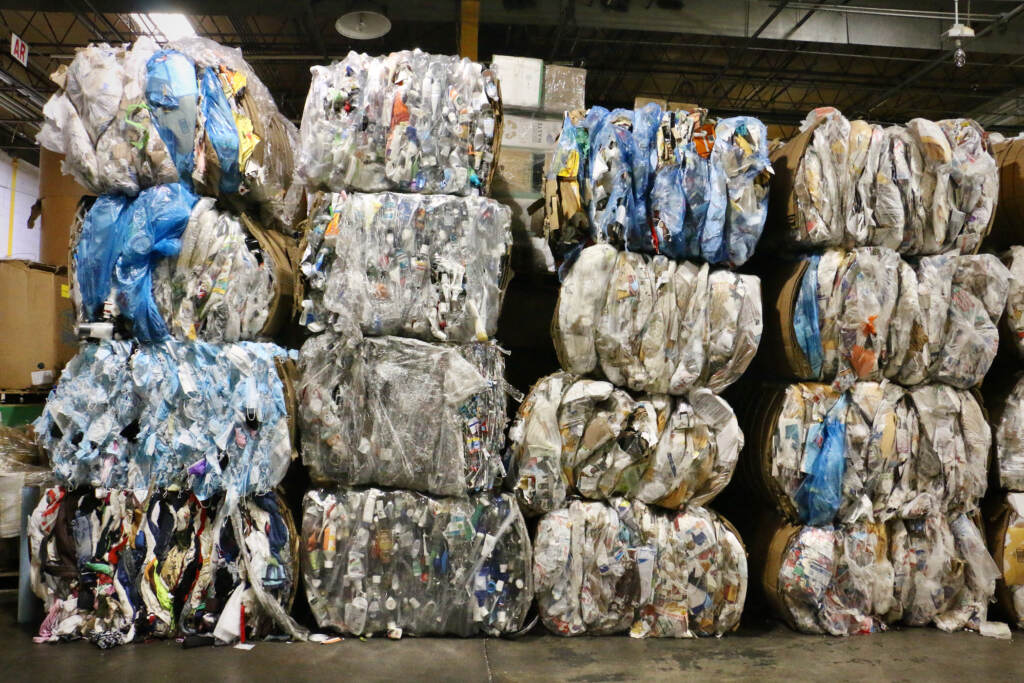
It’s hard to make money from recycling. TerraCycle makes it work by getting manufacturers or consumers like individuals or large companies to pay for the cost.
Subscribe to The Pulse
A French company, Carbios, takes it a step further: They collect and recycle PET, the plastic that’s used in bottles and artificial fabric, then sell the recycled plastic back to companies to make new products. They are already working with companies like L’Oréal, Nestlé, and Pepsico on this. And business is good, said deputy CEO Martin Stephan.
“There is strong demand for recycled plastic, in particular, recycled PET but supply is limited with current technology,” Stephan said.
Part of the demand comes from a European Union policy that requires companies to use more and more recycled plastic over the next few years. However, the technology that Carbios uses to recycle and reuse PET does not exist for most other types of plastic.
Plastics are polymers — chains of smaller particles called monomers forged together in a chemical process. We can design and make amazing things with plastic; it’s harder to un-make them, said Erin Stache, an organic chemist at Cornell University who works on plastic.
“If you can turn a polymer back into its monomer and then repurpose it, make a new polymer, that’s sort of the closed loop holy grail of polymer recycling,” she said. “We’ve spent decades perfecting polymer synthesis and making these processes as inexpensive and as efficient as possible. And now we have to figure out how to make the backwards reaction.”
Stache and one of her students, Sewon Oh, just published the details of how to break down polystyrene, another common type of plastic that’s used to make white take-out containers or coffee cups. Their process breaks this material into benzoic acid, a chemical that’s commonly used as a food preservative in things like soda.
“I’ve been saving all my polystyrene coffee cup lids … they just sit on my desk, and I just hand them over to Sewon whenever he needs a little bit more plastic to break it down,” Stache said.
Their process uses light to drive the reaction, and their lab is working on making it more efficient.
For other types of plastic, like car tires, the scientific hurdle is even bigger. So big, in fact, that scientists used to think recycling them was impossible. The manufacturing process for tires cross links chemicals irreversibly. Right now, old tires are put in a landfill or burned for energy.
But John Torkelson, a chemical engineer at Northwestern University, worked with his lab and found a way to make tires using a slightly different cross linking process, one that is reversible, so the raw materials can be reused.
They have not made a tire with this process yet, though he and his team have tested their process to make sure that their product can make it through the stress and pressure that an actual tire would be exposed to.
“On the one hand, I think we’ve actually made great progress,” he said. “ We’ve actually in the past half dozen years developed seven different chemistries that can be used to make these cross linked polymers that were considered to be hopeless from the standpoint of recycling actually to make them recyclable.”
And the processes they use are simple, which would make it more appealing for a tire company to try.
But ultimately, the product itself has to change, which gets to the limit of recycling. A lot of consumer products just cannot be recycled in their current form, said Tom Szaky, CEO of TerraCycle.
“How do we then take a bigger step and start adjusting what the product is made from? And then an even bigger step in adjusting the entire concept of the product to shift from disposable to reusable?”
He said for that to happen, governments will have to pass laws that force manufacturers to pay more attention to how their products are made — or make companies pay to cover the cost of proper waste disposal.
WHYY is your source for fact-based, in-depth journalism and information. As a nonprofit organization, we rely on financial support from readers like you. Please give today.





